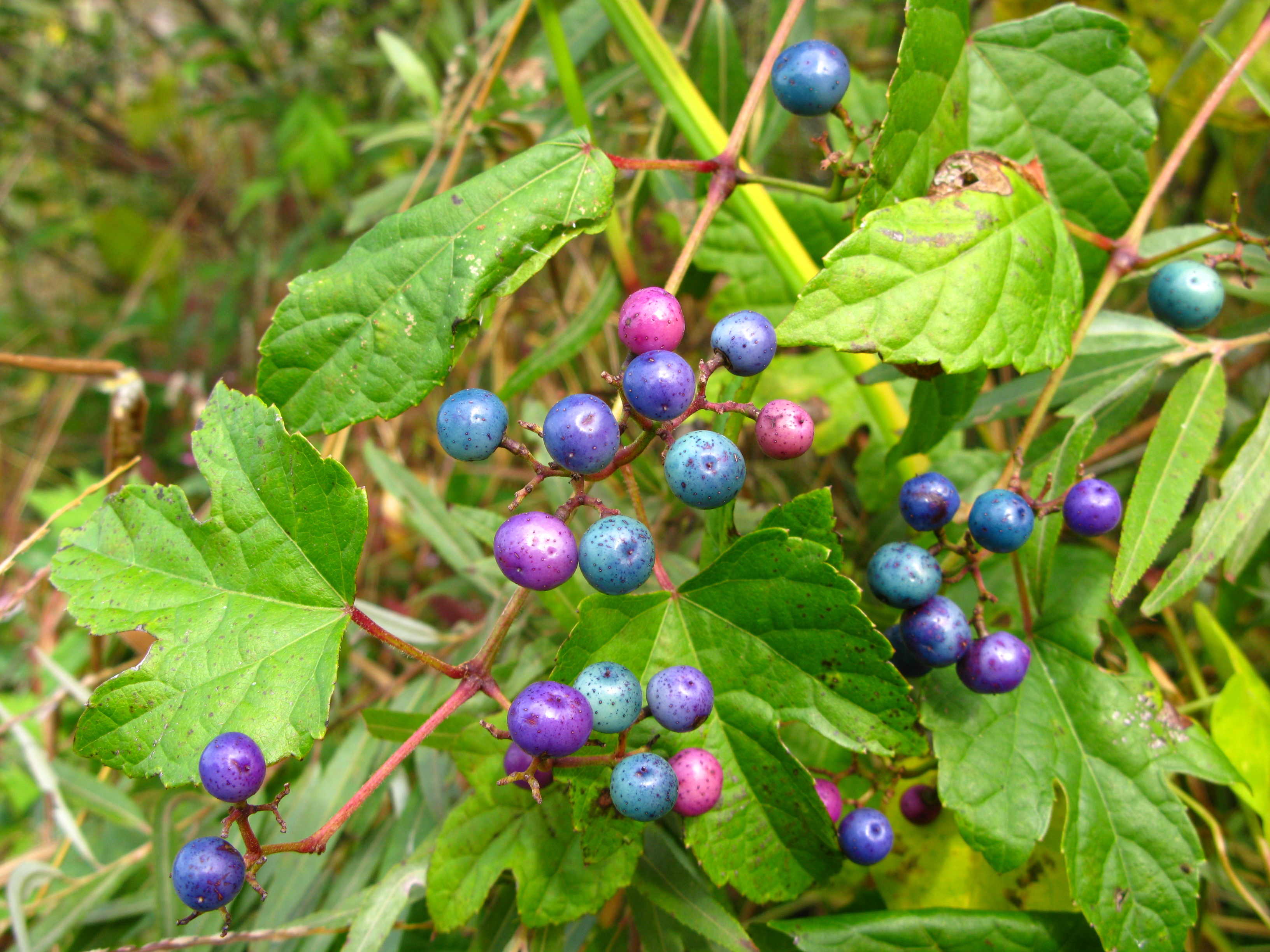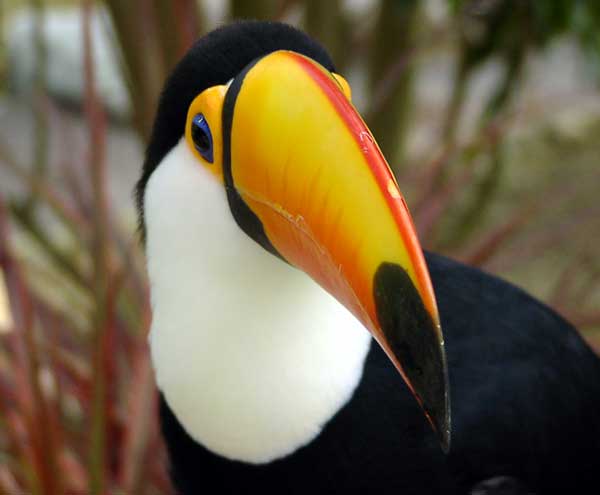|
Clematicissus Striata
''Clematicissus striata'' is a species of climbing plant in the family Vitaceae. The plant is found in south-central Chile (Coquimbo Coquimbo is a port List of cities in Chile, city, Communes of Chile, commune and capital of the Elqui Province, located on the Pan-American Highway, in the Coquimbo Region of Chile. Coquimbo is situated in a valley south of La Serena, Chile, La S ... to Magallanes regions), Argentina, Brazil, Uruguay, Paraguay and Bolivia. It has a woody stem that looks reddish as it ages. Its leaves are composed by five folioles in a palmated shape. References ''Cissus striata'' in Chilebosque Flora of Argentina [...More Info...] [...Related Items...] OR: [Wikipedia] [Google] [Baidu] |
Hipólito Ruiz López
Hipólito Ruiz López (August 8, 1754 in Belorado, Burgos, Spain – 1816 in Madrid), or Hipólito Ruiz, was a Spanish botanist known for researching the floras of Peru and Chile during an expedition under Charles III of Spain, Carlos III from 1777 to 1788. During the reign of Carlos III, three major botanical expeditions were sent to the New World; Ruiz and José Antonio Pavón Jiménez were the botanists for the first of these expeditions, to Peru and Chile. Background After studying Latin with an uncle who was a priest, at the age of 14 Ruiz López went to Madrid to study logic, physics, chemistry and pharmacology. He also studied botany at the Migas Calientes Botanical Gardens (now the Real Jardín Botánico de Madrid), under the supervision of Casimiro Gómez Ortega (1741–1818) and Antonio Palau Verdera (1734–1793). Ruiz had not yet completed his pharmacology studies when he was named the head botanist of the expedition. The French physician Joseph Dombey was named as ... [...More Info...] [...Related Items...] OR: [Wikipedia] [Google] [Baidu] |
José Antonio Pavón Jiménez
José Antonio Pavón Jiménez or José Antonio Pavón (April 22, 1754 in Casatejada, Cáceres, Spain – 1840 in Madrid) was a Spanish botanist known for researching the flora of Peru and Chile. Biography During the reign of Charles III of Spain, three major botanical expeditions were sent to the New World; Pavón and Hipólito Ruiz López were the botanists for the first of these expeditions, to Peru and Chile from 1777 to 1788. The genus '' Pavonia'' was named in his honor by his contemporary, Spanish botanist Antonio José Cavanilles — plants with the specific epithet of ''pavonii'' also commemorate his name. by Harold T. Clifford, Peter D. Bostock See also *[...More Info...] [...Related Items...] OR: [Wikipedia] [Google] [Baidu] |
Climbing Plant
A vine is any plant with a growth habit of trailing or scandent (that is, climbing) stems, lianas, or runners. The word ''vine'' can also refer to such stems or runners themselves, for instance, when used in wicker work.Jackson; Benjamin; Daydon (1928). ''A Glossary of Botanic Terms with their Derivation and Accent'', 4th ed. London: Gerald Duckworth & Co. In parts of the world, including the British Isles, the term "vine" usually applies exclusively to grapevines, while the term "climber" is used for all climbing plants. Growth forms Certain plants always grow as vines, while a few grow as vines only part of the time. For instance, poison ivy and bittersweet can grow as low shrubs when support is not available, but will become vines when support is available. A vine displays a growth form based on very long stems. This has two purposes. A vine may use rock exposures, other plants, or other supports for growth rather than investing energy in a lot of supportive tissue ... [...More Info...] [...Related Items...] OR: [Wikipedia] [Google] [Baidu] |
Vitaceae
The Vitaceae are a family of flowering plants, with 14 genera and around 910 known species, including common plants such as Vitis, grapevines (''Vitis'' spp.) and Parthenocissus quinquefolia, Virginia creeper (''Parthenocissus quinquefolia''). The family name is derived from the genus ''Vitis''. Most ''Vitis'' species have 38 chromosomes (n=19), but 40 (n=20) in subgenus ''Muscadinia'', while ''Ampelocissus'', ''Parthenocissus'', and ''Ampelopsis'' also have 40 chromosomes (n=20) and ''Cissus'' has 24 chromosomes (n=12). The family is economically important as the Berry (botany), berries of ''Vitis'' species, commonly known as grapes, are an important fruit crop and, when fermented, produce wine. Species of the genus ''Tetrastigma'' serve as hosts to parasitic plants in the family Rafflesiaceae. Taxonomy The name sometimes appears as Vitidaceae, but Vitaceae is a conserved name and therefore has priority over both Vitidaceae and another name sometimes found in the older literat ... [...More Info...] [...Related Items...] OR: [Wikipedia] [Google] [Baidu] |
Magallanes Region
The Magallanes Region (), officially the Magallanes y la Antártica Chilena Region () or Magallanes and the Chilean Antarctica Region in English, is one of Chile's 16 first order administrative divisions. It is the southernmost, largest, and second least populated Regions of Chile, region of Chile. It comprises four provinces of Chile, provinces: Última Esperanza Province, Última Esperanza, Magallanes Province, Magallanes, Tierra del Fuego Province, Chile, Tierra del Fuego, and Antártica Chilena. The region takes its name from the Strait of Magellan which runs through it, which was in turn named after Ferdinand Magellan, the leader of the European expedition that discovered it. Magallanes's geographical features include Torres del Paine, Cape Horn, Tierra del Fuego island, and the Strait of Magellan. It also includes the Chilean Antarctic Territory, Antarctic territory claimed by Chile. Despite its large area, much of the land in the region is rugged or closed off for sheep f ... [...More Info...] [...Related Items...] OR: [Wikipedia] [Google] [Baidu] |
Flora Of Argentina
The environment of Argentina is highly biodiverse. Biodiversity Flora Subtropical plants dominate the Gran Chaco in the north, with the '' Dalbergia'' genus of trees well represented by Brazilian rosewood and the quebracho tree; also predominant are the wacho white and black algarrobo trees ('' Prosopis alba'' and ''Prosopis nigra''). Savannah-like areas exist in the drier regions nearer the Andes. Aquatic plants thrive in the wetlands of Argentina. In central Argentina the ''humid pampas'' are a true tallgrass prairie ecosystem. In Argentina forest cover is around 10% of the total land area, equivalent to 28,573,000 hectares (ha) of forest in 2020, down from 35,204,000 ha in 1990. In 2020, naturally regenerating forest covered 27,137,000 ha and planted forest covered 1,436,000 ha. Of the naturally regenerating forest 0% was reported to be primary forest (consisting of native tree species with no clearly visible indications of human activity) and around 7% o ... [...More Info...] [...Related Items...] OR: [Wikipedia] [Google] [Baidu] |
Flora Of Brazil
The wildlife of Brazil comprises all naturally occurring animals, plants, and fungus, fungi in the South American country. Home to 60% of the Amazon Rainforest, which accounts for approximately one-tenth of all species in the world, Brazil is considered to have the greatest biodiversity of any country on the planet. It has the most known species of plants (60,000), freshwater fish (3,000), Amphibian, amphibians (1,188), Snake, snakes (430), Insect, insects (90,000) and mammals (775). It also ranks third on the list of countries with the most bird species (1,971) and the third with the most reptile species (848). The number of fungal species is unknown (+3,300 species).Da Silva, M. and D.W. Minter. 1995. ''Fungi from Brazil recorded by Batista and Co-workers''. Mycological Papers 169. CABI, Wallingford, UK. 585 pp. Approximately two-thirds of all species worldwide are found in tropical areas, often coinciding with developing cou ... [...More Info...] [...Related Items...] OR: [Wikipedia] [Google] [Baidu] |
Flora Of Chile
The native flora of Chile is characterized by a higher degree of endemism and relatively fewer species compared to the flora of other countries of South America. A classification of this flora necessitates its division into at least three general zones: the desert provinces of the north, Central Chile, and the humid regions of the south. Northern Chile The first is an arid desert(Atacama desert) absolutely barren along part of the coast, between Arica and Copiapó, but with a coarse scanty vegetation near the Cordilleras along watercourses and on the slopes where moisture from the melting snows above percolates through the sand. The altiplano of the northernmost portion of the Chilean territory is home to the '' Browningia candelaris'', a candelabrum-shaped cactus. Another cactus species, the '' Echinopsis atacamensis'', grows in the pre-Andean area. The high Andean region is also characterized by the presence of species of the genus '' Polylepis'' and the '' Azorella compacta ... [...More Info...] [...Related Items...] OR: [Wikipedia] [Google] [Baidu] |
Cissus
''Cissus'' is a genus of approximately 350 species of lianas (Woody plant, woody vines) in the grape family (Vitaceae). They have a cosmopolitan distribution, though the majority are to be found in the tropics. Decription Extrafloral nectaries on the stipule have been reported for ''C. microcarpa'', ''C. psudosicyoids'', and ''C. rhombifolia''. Uses Medicinal ''Cissus quadrangularis'' has been evaluated for potential medical uses. As a source of carotenoids, triterpenoids and ascorbic acid, the extracts may have potential for medical effects, including "gastroprotective activity" and benefits in terms of "lipid metabolism and oxidative stress". ''Cissus quinquangularis'' was used by the Maasai people of Kenya to relieve some of the symptoms of malaria. Ornamental ''Cissus antarctica'', ''Cissus alata'' and ''Cissus incisa'' are cultivated as garden plants, depending on area of the world. Succulent members of the genus such as ''Cissus quadrangularis'' are also found in the nur ... [...More Info...] [...Related Items...] OR: [Wikipedia] [Google] [Baidu] |
Taxa Named By José Antonio Pavón Jiménez
In biology, a taxon (back-formation from ''taxonomy''; : taxa) is a group of one or more populations of an organism or organisms seen by taxonomists to form a unit. Although neither is required, a taxon is usually known by a particular name and given a particular ranking, especially if and when it is accepted or becomes established. It is very common, however, for taxonomists to remain at odds over what belongs to a taxon and the criteria used for inclusion, especially in the context of rank-based (" Linnaean") nomenclature (much less so under phylogenetic nomenclature). If a taxon is given a formal scientific name, its use is then governed by one of the nomenclature codes specifying which scientific name is correct for a particular grouping. Initial attempts at classifying and ordering organisms (plants and animals) were presumably set forth in prehistoric times by hunter-gatherers, as suggested by the fairly sophisticated folk taxonomies. Much later, Aristotle, and later still ... [...More Info...] [...Related Items...] OR: [Wikipedia] [Google] [Baidu] |





